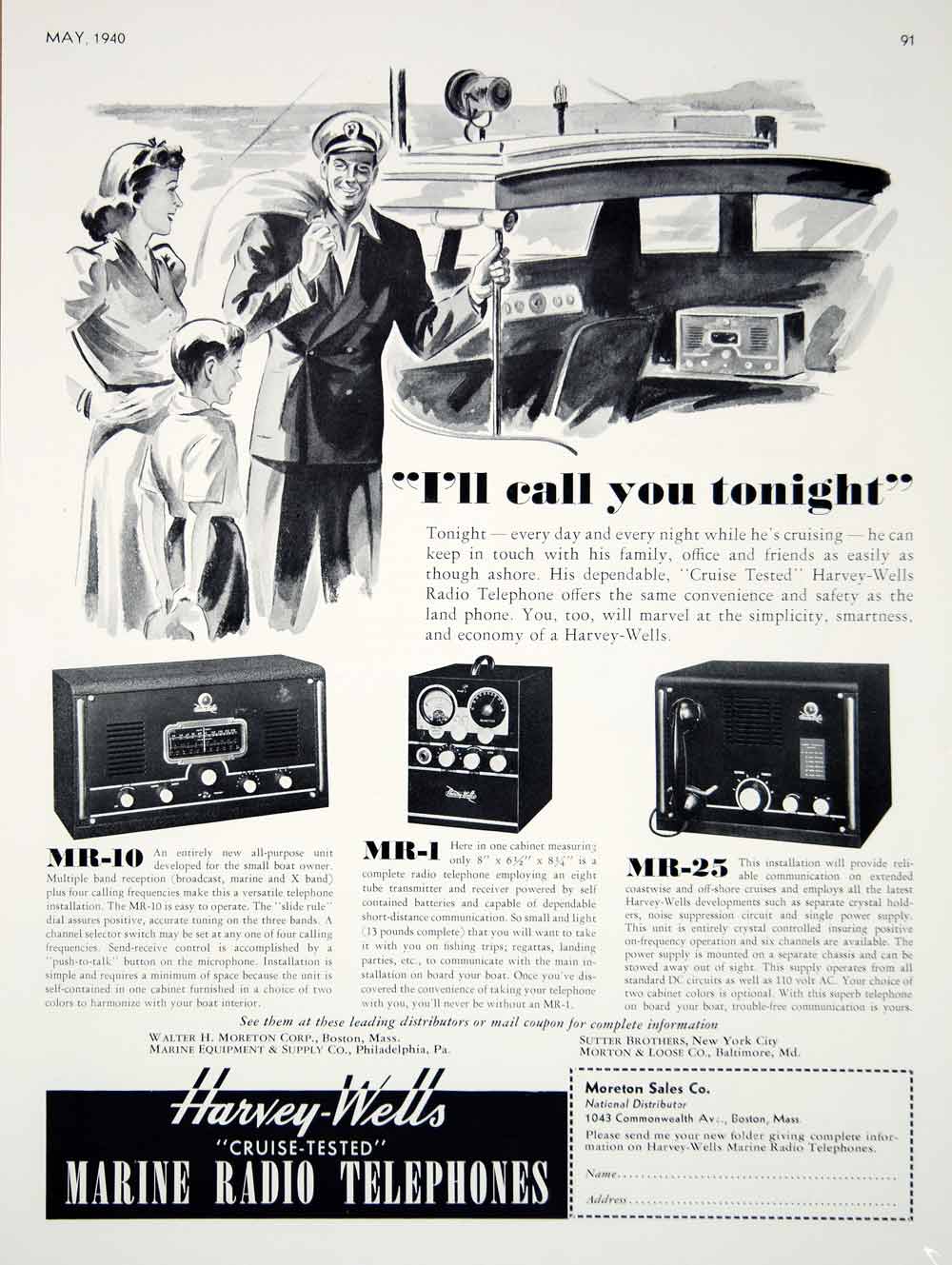
Food and Drug Administration regulates drugs and food in the United States. The agency's mission is to protect the public from unsafe products and ensure the safety of medicines and medical devices. It was established in the first decade of the twentieth century. But, the regulations governing drug advertising were not changed until the 1960s.
Although the FDA is a significant body, it's not the only authority when it comes to drug advertising regulation in the United States. Many countries around world have banned or restricted drug marketing.
In the United States, the FDA does not prohibit direct-to-consumer advertising of prescription drugs, but it does require all advertisers to comply with strict rules. This includes not claiming any specific medical benefits, not exaggerating the side effects, and not giving misleading information. Drug companies must make clear disclosures about all the risks and benefits associated with their products.

Television advertisements are one of the best ways drug companies can get people to buy their drugs. These ads usually feature clever video productions, music, and are meant to make people feel excited about the medication. They include suggestions to "ask your doctor" about the product, and they can be a powerful way to influence people to buy expensive medicines.
Merck's Vioxx, an antibiotic for inflammation, had a $2.5 Billion annual sales figure in the early 2000s. It was advertised in a 60-second spot featuring Dorothy Hamill (figure skater). But the FDA was unable to prevent Merck from putting the drug on the market. This was because Merck had to prove it could "substantially evidence" that the medicine was safe and effective.
At the same time, the American Medical Association has been campaigning against drug commercials, arguing that they increase the likelihood of taking expensive medicines and that they lead consumers to switch to cheaper brands. These advertisements are used to generate revenue for pharmaceutical companies. They also claim that this helps them to continue to develop new drugs and that it is not in their best interest to scare people off of expensive medications.
The FDA's ad policy is no longer as strict as it was once. The FDA has relaxed certain policies, particularly regarding TV ads. Prior to the study, only certain information was required by the FDA for companies to advertise. To air a TV ad for a drug, it must include a 1-800 number. The FDA also required that all ads include a complete list of possible adverse health effects.

Recent research looked at the effects of antidrug advertisements on high school and middle-school students. Specifically, the researchers examined the relationship between TV drug commercials and drug use, attitudes toward drug use, and beliefs about the potential risk of drug use. Results varied by grade level.
Middle school students were less likely to recall antidrug ads than high school students. The average number exposures to anti-drug advertisements by youth in 1997 was significantly lower than that of 1995. There was also a strong correlation between anti-drug TV advertisements and anti-marijuana-focused antidrug advertising. There was also a strong correlation between anti-drug TV advertisements that were seen by youth and their attitudes towards marijuana.
FAQ
What is radio advertising?
It is important that you understand the differences between media. It is important to understand that all media forms are complementary and not competitive.
Radio is best used to complement television advertising. It complements TV by reinforcing key messages and providing additional information.
TV commercials are often too long for radio listeners. Radio ads are often shorter and cheaper.
What is the best way to learn about television advertising?
Television advertising is a powerful medium to reach many people at one time. It was also very costly. It can still be very powerful if used correctly.
There are many different types of TV ads, but they all have certain common characteristics. It is important to make sure that your TV ad fits into the appropriate category. You shouldn't attempt to make a lifestyle commercial the same as a product ad. Your message should be consistent across the entire campaign.
Remember that prime-time is the best time for your ads to be aired. This is because viewers tend to watch TV while sitting down in front the television. You want them to be comfortable enough to listen to your words.
You don't have to be rich to achieve great results. However, this may not be true. A University of California study found that commercials broadcast during popular shows had a lower chance of selling products than those broadcast during less-popular shows. Make sure you are doing it right if you're spending a lot on TV advertising.
What is advertising's main purpose?
Advertising isn't just about selling products. It's also about creating an emotional connection among your customers and you.
Advertising is about communicating ideas and values to people who are already interested in what you have to offer. It's about changing people's attitudes. And it's about building relationships.
It is all about making people feel good.
But if you don't know what your customers want, you can't sell anything to them.
You must first get to know your customer before you can start advertising projects.
You can then design ads that resonate with them.
What is affiliate marketing?
Affiliate marketing can be described as an online business model. You earn commissions by referring customers who purchase products and/or services on other websites. The product owner pays you when someone buys from you.
Referrals are the foundation of affiliate marketing. To get people to buy from your affiliate marketing, you don't have any special requirements. Simply refer people to the website.
It's possible to make money with no selling. It's easy to sell just as much as it is to purchase.
An affiliate account can be created in minutes.
Referring more people will result in more commission.
There are two types of affiliates:
-
Affiliates who own their own websites
-
Affiliates working for companies offering products or services.
Social media is a great way to advertise your business.
Social Media Marketing allows you to reach customers right where they are, via social networks like Facebook, Twitter, LinkedIn and YouTube. You can also target certain groups on these networks with keywords.
This advertising method is cost-effective because it costs less to market online than traditional methods. You can also build strong relationships and trust with your clients, both current and prospective.
It's simple to begin using social media to promote a business. All you need is a computer or smartphone and access to the Internet.
How do I choose my target audience?
Start with yourself and those closest to your heart. You might be unsure where to begin. Ask yourself: "Whom am I trying to reach?"
Ask yourself the following questions: Who are my industry's most influential people? What are their daily problems? Which are the smartest people working in my field? Where are they located online?
Return to the beginning. Why did you start? What problem were you able to solve and how did this happen?
These answers will help identify your ideal clients. Learn more about them and why they choose to do business with you.
To get clues about who they cater to, you can also check out your competitors' social media pages and websites.
Once you have identified your target customer, you need to decide the best channel to reach them. An example: If you provide services to realty agents, you may create an informational website for home buyers.
If you provide software to small businesses, you could develop a blog targeting those companies' owners.
You could also create a Facebook account for teens if you sell clothing. If you own a restaurant, you can set up a twitter account to provide information for parents searching for child-friendly options.
This is the point: There are many ways to communicate your message.
Is there a way for me to get free traffic?
Refers to traffic that is free from search engine results. This traffic is known as natural or organic traffic. There are many ways to get free traffic, such as article marketing, social media marketing, blogging, etc.
Article Marketing is a popular way to get traffic for free. It has an extremely low cost-per-click (CPC). Paying ads can be more costly than CPC. Article marketing is also referred to as content marketing.
Social Media Marketing: Social media sites such as Facebook, Twitter, LinkedIn, and LinkedIn make it easy to promote your company through advertising. You can use these platforms to post updates, share photos and build relationships with people who may become potential customers. Many businesses opt to purchase ad space on social networks because they want to reach a larger audience for a more affordable price.
Blogging - Blogging is another great way to generate free traffic. High quality content will draw people to your blog. Once you're attracting visitors, you can monetize your blog by selling products or services.
Email Marketing - Although email marketing has been around since before the advent of the Internet it is still one of the most effective ways to drive traffic and sales to your site. It is a great way to increase your subscriber base and sell products.
Statistics
- This means that at least 50% of an ad needs to be shown on the screen for at least one second. (quicksprout.com)
- Worldwide spending on advertising in 2015 amounted to an estimated US$529.43 billion. (en.wikipedia.org)
- It's 100% reliant on your website traffic. (quicksprout.com)
- Nonetheless, advertising spending as a share of GDP was slightly lower – about 2.4 percent. (en.wikipedia.org)
External Links
How To
How can you advertise on a billboard
While billboards have existed since the late 1800s they became more popular after World War II, when they were installed along roadsides and highways. Most billboards contain text advertising. However, some have photographs or art. Many billboards are static. Others display messages that change periodically, such a weather forecast, stock price, stock scores, political events, or stock market prices.
While most billboards are outdoors displays, indoor versions are available. Outdoor billboards are usually seen by motorists passing by them several times per day. Indoor billboards may only be viewed once every few year. The most common outdoor billboard style is the "cubic". It is made from three layers -- two sheets each of glass and a layer with fiberglass mesh. This design allows air circulation through the billboard. It keeps it cool during hot weather and warm during cold.
Billboard Advertising Inc. is a company that advertiser pay to have their ads displayed on its billboards. It owns and operates many North America's largest billboard advertising companies. These companies then offer space on their billboards for advertisers. These spaces are sold to advertisers depending on the amount they plan to spend on advertising. Many advertisers choose the best spots for their ads by looking at where people are most likely to drive or walk.
In addition to selling ad space, Billboard Advertising Inc. has contracts with local governments to erect signs on city property. Some cities allow billboards in any area, while others have restrictions. Chicago, for example requires that billboards are no higher than 1,000 feet from any highway. Other cities stipulate that billboards must be at least 500 feet away from any school or church.
Billboard Advertising Inc. has contracts to promote products and services throughout the United States, including Florida, California, Nevada, Texas, Arizona, New Mexico, Colorado, Washington, Oregon, Idaho, Utah, Wyoming, Alaska, Hawaii, Canada, Puerto Rico, Guam, Virgin Islands, and American Samoa.